They were the colossal animals that roamed the Earth 166 million years ago. Now a window into their prehistoric past is being revealed in an Oxfordshire quarry.
Hidden under tonnes of rock, a dinosaur superhighway is emerging - where palaeontologists are walking in the footsteps of these giant beasts.
This summer’s excavation at this extraordinary site has uncovered one of the longest trackways found anywhere in the world.
Scientists from across the UK descended on Dewars Farm Quarry and the BBC captured them working to unearth the footprints, amongst the trucks, diggers, and tippers.
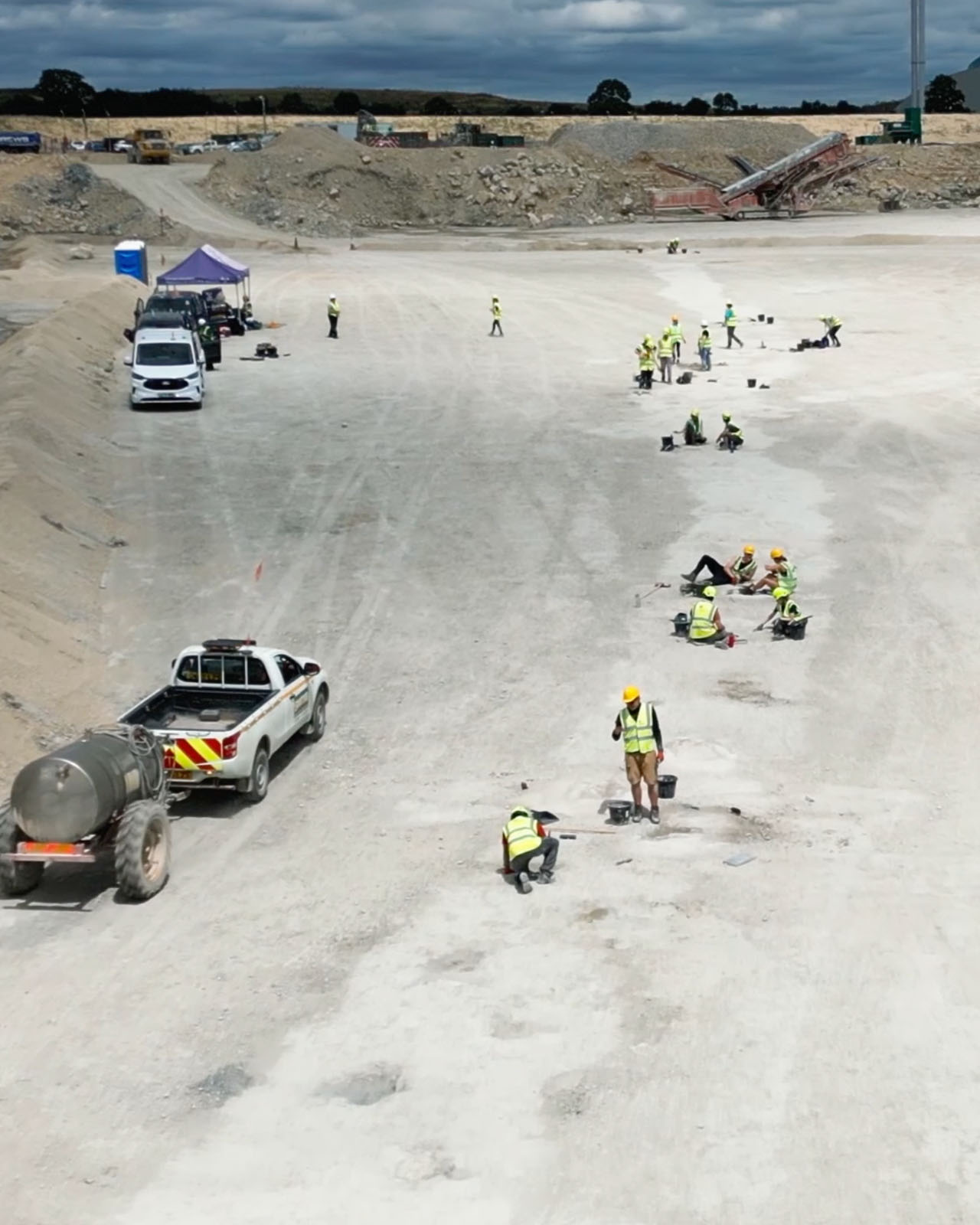

“These footprints are insanely big,” explains Emma Nicholls from Oxford University’s Museum of Natural History.
“They’re the massive footprints of a sauropod dinosaur; probably Cetiosaurus, which is a dinosaur that we know was found in this area.”
These were four-legged, long-necked, plant-eating beasts that could reach about 18m in length.
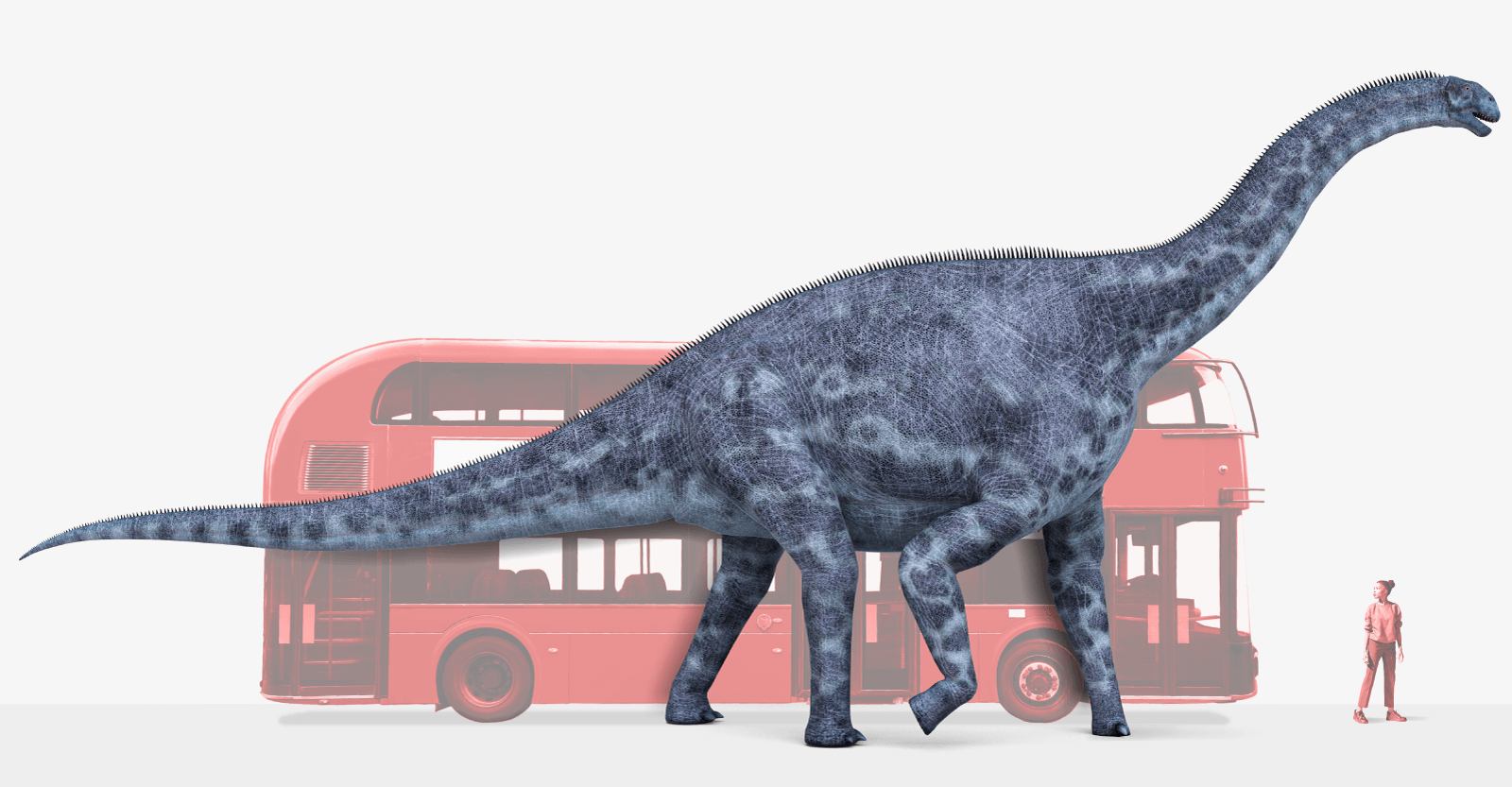
Dewars Farm Quarry has long been linked with dinosaurs. Some trackways were discovered here in the 1990s, and last year researchers found 200 huge footprints criss-crossing the quarry floor.
However this year, the team unearthed even more tracks in a different part of the quarry.
Reaching from one end of the quarry to the other, the trail extends 220m, making it one of the longest continuous trackways ever found.
“We're uncovering something that people have never seen before,” says University of Birmingham palaeontologist Kirsty Edgar. “It's so rare to find something this big.”
Not every dinosaur dig starts with a trowel and a brush - discoveries as enormous as this one begin with a big bang.
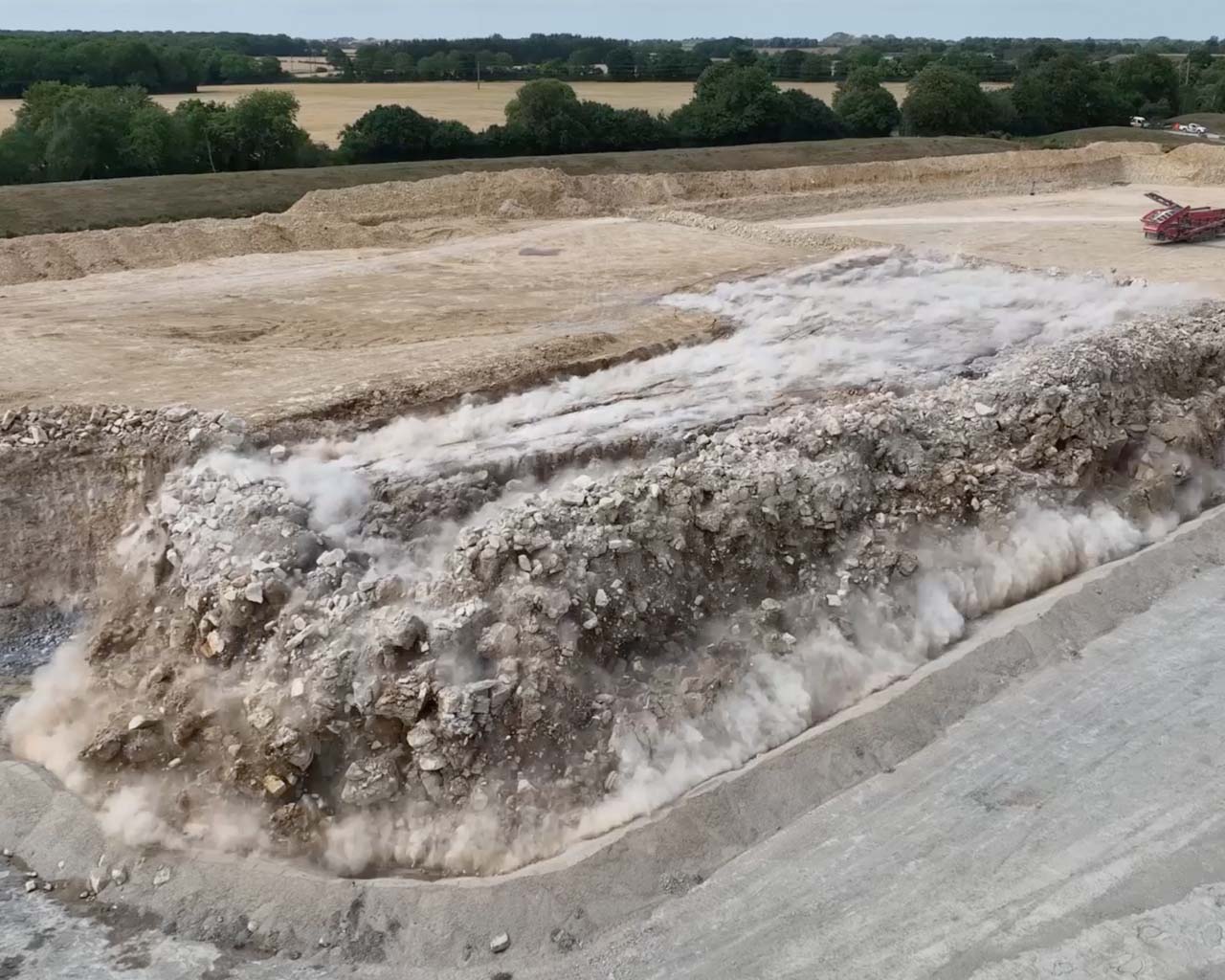

A controlled explosion in the quarry removes millions of years of limestone rock, allowing the palaeontologists the more delicate task of excavating each sunken footprint.
Several trackways emerge - but one, the dinosaur superhighway, just goes on and on.
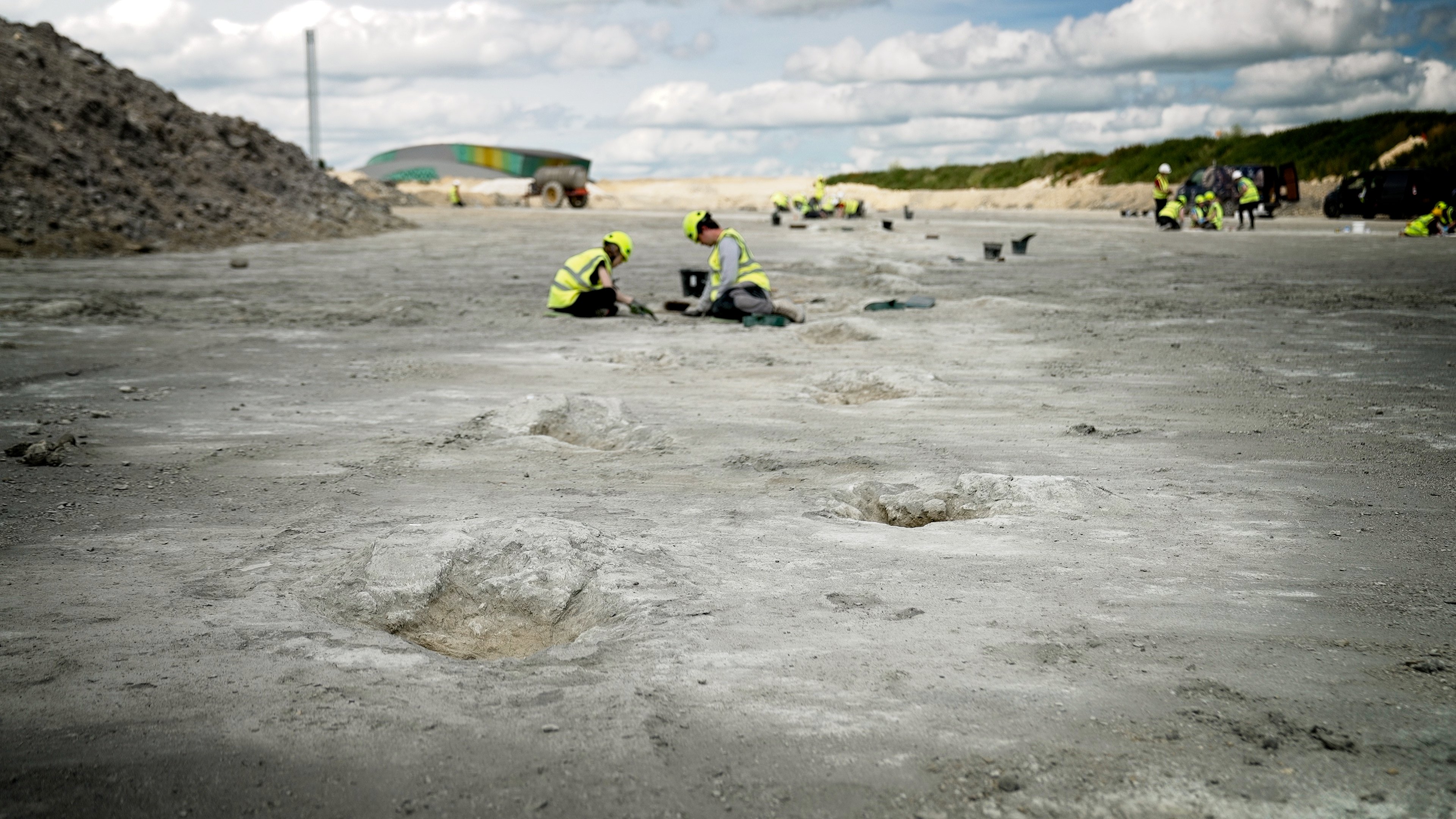
A bump at the front of each print marks where the dinosaur squelched the mud forwards - this tells us which direction it was heading in.


Smaller prints have also been found at the site, made by a two-legged carnivorous dinosaur called Megalosaurus.
These creatures, which measured up to 9m-long, left a distinctive three-toed mark as they prowled across the Jurassic terrain.
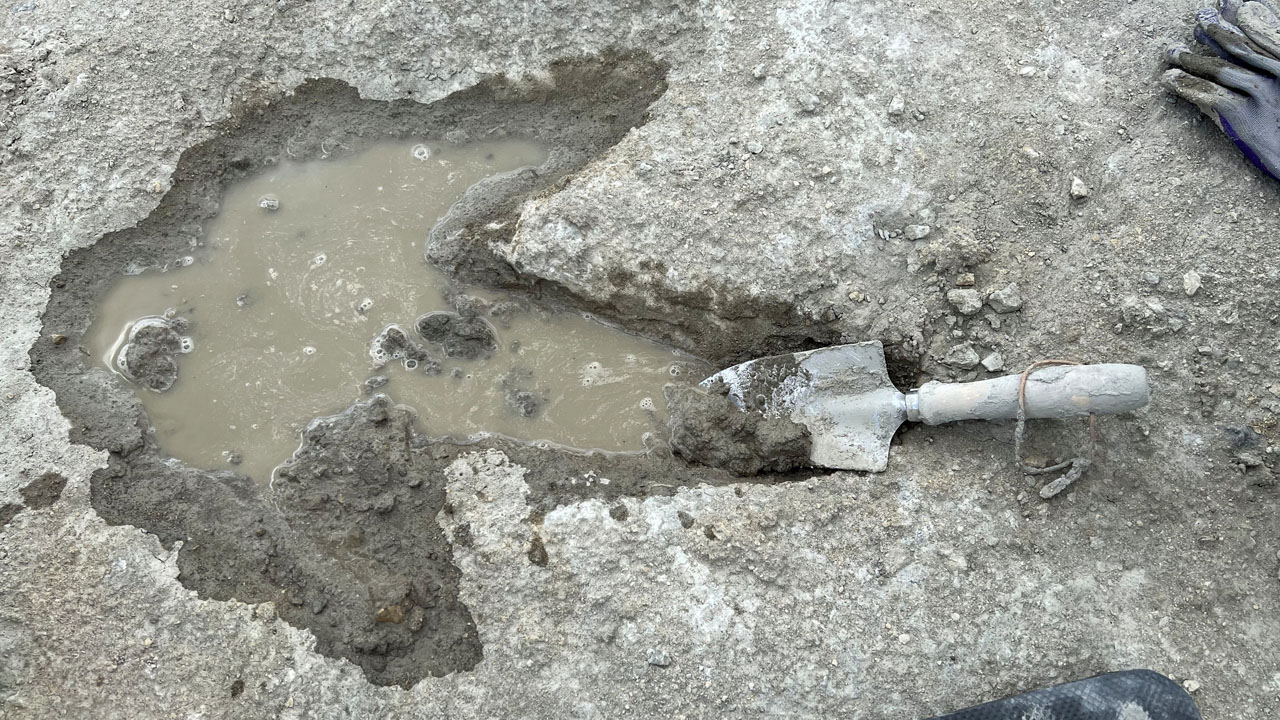
The tracks are an incredible resource for researchers, and they provide very different information from fossils.
“We might have a skeleton, where we say the leg is this long, so its stride must be this long,” says Peter Falkingham from Liverpool John Moores University.
“But with a trackway like this, we've got hundreds of metres of the animal doing its own thing. And it's so important to look at the way animals move freely and naturally, and tracks are the only way we can do that for dinosaurs.”
The footprints can answer questions about how dinosaurs interacted - were they alone or in a herd, being chased, or simply ambling along?
Since the arrival of computer-generated dinosaurs in movies like Jurassic Park, the behaviour you see on screen is based largely on the discoveries made at this kind of site.
By analysing the footprints in his lab, Prof Falkingham has recreated a 3D-model of the sauropod dinosaur that made the lengthy track.
“It's not moving particularly fast, two metres per second,” he explains. “It's about the same speed as a human would walk quickly - in this case it’s a stroll.”
And he’s been carefully studying a particular footprint - one that literally stands out from all others.
The trackways are a snapshot of a single moment in prehistoric time.
All of the prints here were most likely made over a matter of weeks - but how on earth are they still here after 166 million years?
“Footprints require the ‘Goldilocks effect’,” explains Prof Edgar.
“You need the sediment to be of the right consistency, the right type, and in the right environment to make the footprints.”
As the creature walked in the mud, its feet sinking down with each step under its enormous weight, the prints left behind baked in the Sun. Then these hardened hollows were covered over by sediment - perhaps a tide of mud that washed over them as a storm blew in.
“It is quite unique to get that sort of confluence of events where they're both made and then quickly preserved, particularly in this kind of quantity,” said Prof Edgar.
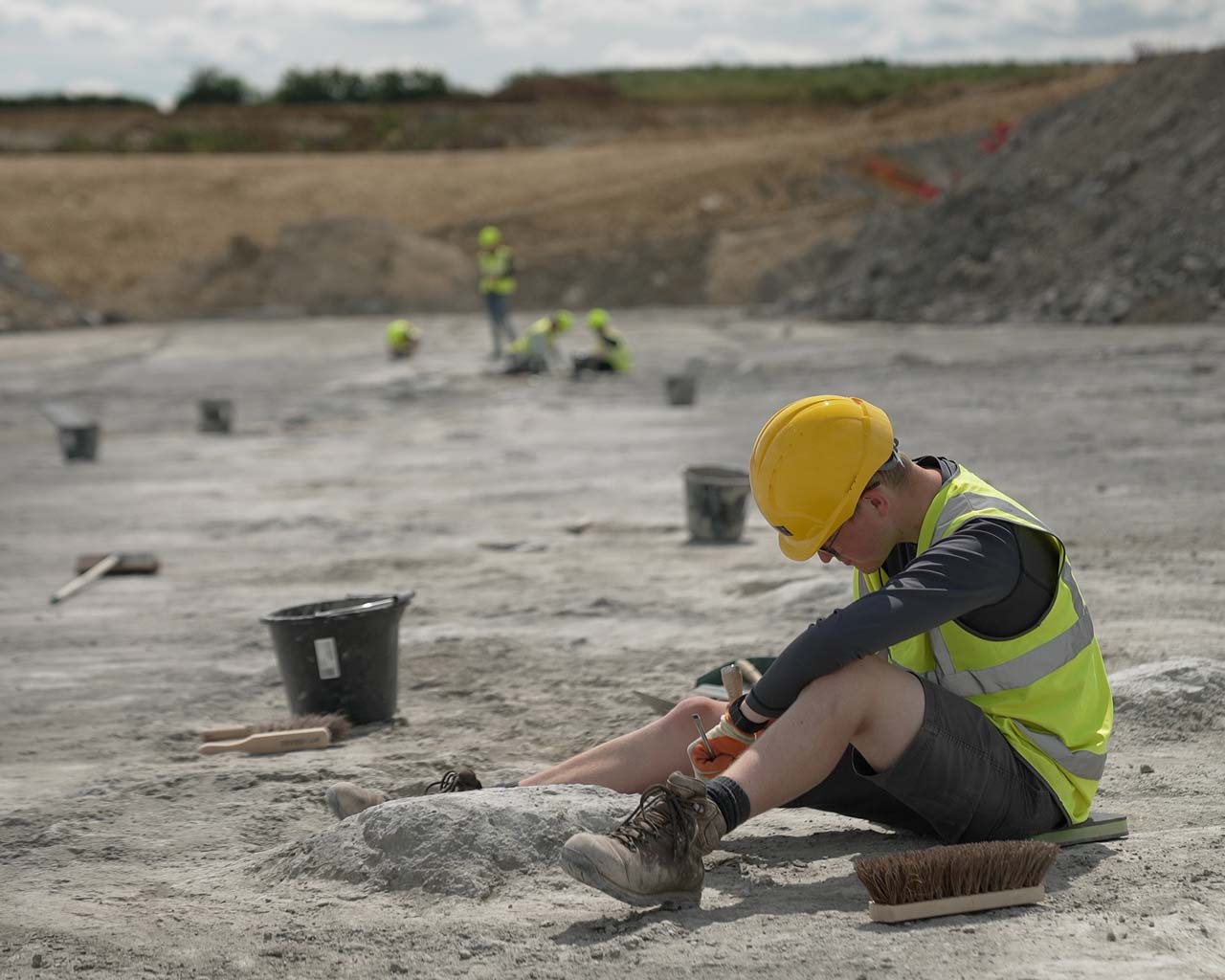

Needless to say, the environment in Oxfordshire was very different back in the Jurassic Period.
The tectonic plates - that shape where the Earth’s continents are today - are constantly on the move. And millions of years ago, the UK was part of a land mass much closer to the equator where it was covered with a shallow, tropical sea.
And it wasn’t just a time of giants.
Duncan Murdock, from Oxford University’s Museum of Natural History, is using a magnifying glass to stare at a tiny patch of the quarry floor.
“We've got little seashells - things like bivalves and brachiopods… Right here is a little belemnite, which is a squid-like animal that was swimming through the water,” he explains.
“And we found this little sea urchin. It's got this one spine that's broken off, otherwise it's an almost complete little, tiny sea urchin.”
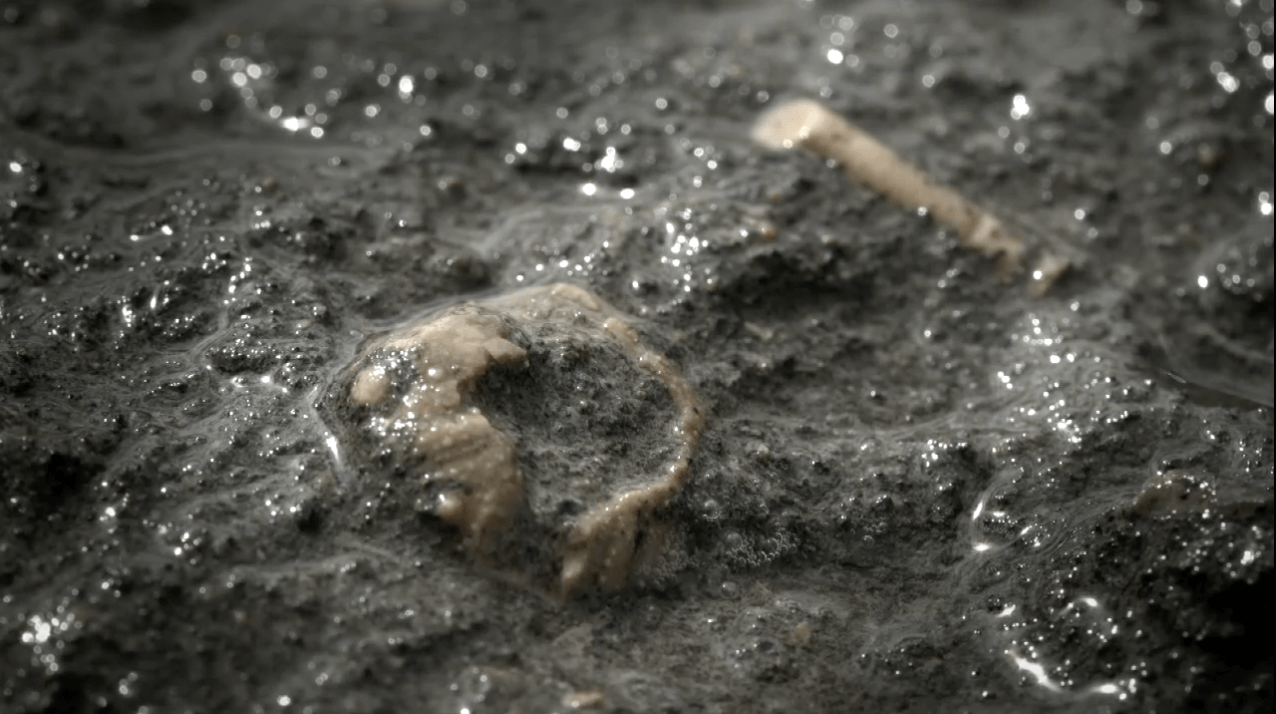
He says “these little guys” are important, because they can tell scientists more about the seascape where the dinosaurs were walking.
“It would have been something like a lagoon, a bit like the Florida Keys or the Bahamas today.”
A site of this scale - especially in the UK - is a spectacular discovery, says Dr Nicholls.
“Even after being a palaeontologist for over 20 years, it still gives you that tingling feeling to see these footprints,” she says. “It's humbling.”
And as more of the quarry is opened up, more trackways are likely to be uncovered - echoes of a lost world in the footprints these dinosaurs left behind.
Credits
Additional reporting by Paul Sargeant. Stills and footage: Kevin Church and Tony Jolliffe. Computer-generated dinosaur simulations by Professor Peter Falkingham. With thanks to the Dewars Farm Quarry team and BAM Drill and Blast for allowing access to the site.




